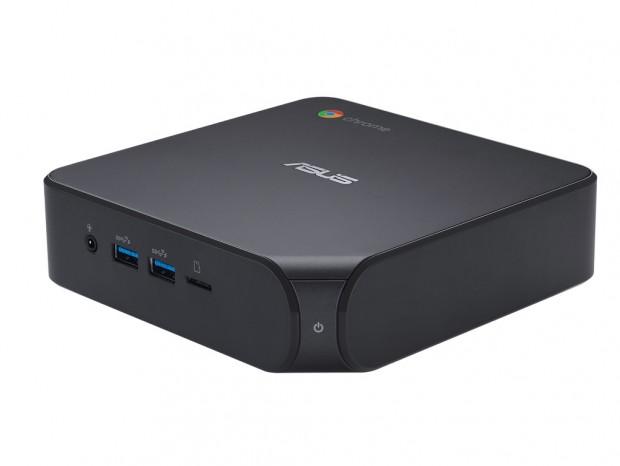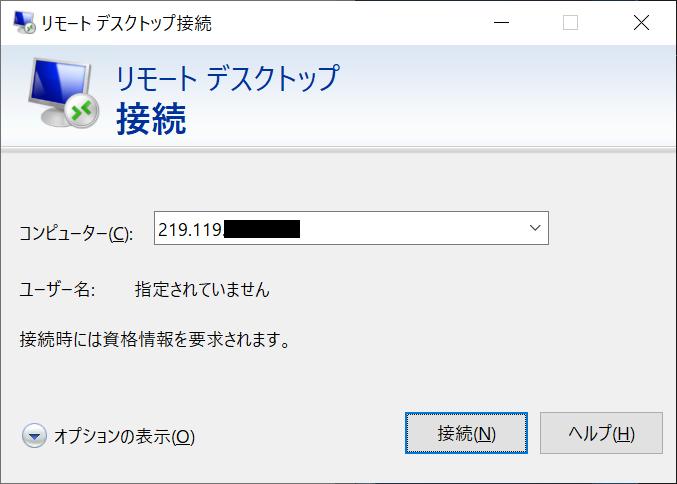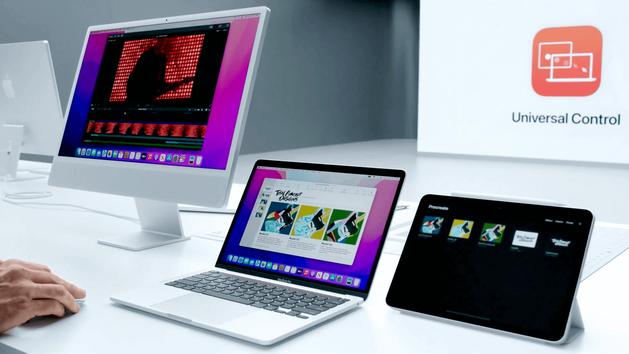4 types of NUC-type Chromeboxes from Celeron 5205U to Core i7-10510U
Chromebooks have become quite popular lately, but NUC-type Chromeboxes are almost unheard of was. It is "Chromebox 4" introduced this time that was introduced there. Unlike Chromebooks, there are no unnecessary items such as panels, batteries, and keyboards, so if it is in the same class, it will be cheaper and you can use your own peripherals. If you don't have to carry it around, this would be better.
There are 4 types, in order: Celeron 5205U/4GB/64GB (eMMC)/around 41,500 yen, Core i3-10110U/8GB/128GB (M.2 SSD)/around 56,500 yen, Core i5-10210U/8GB/128GB (M.2 SSD) / around 68,500 yen, Core i7-10510U / 16GB / 256GB (M.2 PCIE GEN3x4 SSD) / around 85,500 yen (all prices include tax). The main interface is the same (only the Celeron type has fewer USB ports).
As expected, the all-inclusive Core i7 type is a little expensive (and even cheaper than Chromebooks of the same class), but isn't the Core i3/i5 model the target? In any case, it can be purchased within the range of consumables (less than 100,000 yen including tax), so it is a price range that is easy to introduce for both individuals and companies.
The support period for Chrome OS-equipped machines is set, and for this series it will be until June 2028. It's about 7 years old, so it shouldn't be a problem. Here you can see the build numbers for Chromebook|Box, stable, Beta, Dev, Recovery, etc. for each product. The stable of this machine was 13729.84.0 / 89.0.4389.130 at the time of writing (currently M90).
The top-of-the-line Core i7 type arrived. It's a pity that it's not the 11th generation, with 16GB of memory and 256GB of storage M.2 PCIE GEN3x4 SSD, but except for the gaming PC, it has the same specs as the top class Windows PC.
| Specifications of ASUS "Chromebox 4" | |
|---|---|
| Processor | Core i7-10510U (4 cores 8 threads /1.8-4.9GHz/Cache 8MB/TDP 15W) |
| Memory | 16GB(DDR4-2666) |
| Storage | M.2 PCIE GEN3x4 SSD 256GB |
| OS | Chrome OS |
| Graphics | UHD Graphics/HDMI 2.0 x 2, Type-C (DisplayPort Alternate Mode) |
| Network | Gigabit Ethernet, Wi-Fi 6, Bluetooth 5.1 |
| Interfaces | USB 3.0 Type-C x 1 (back x 1), USB 3.2 Gen 2 x 5 (front x 2, back x 3), microSD card slot, audio input/output |
| Size/weight | About 148.5 x 148.5 x 40mm (width x depth x height) / approx. 1kg > |
The processor is Core i7-10510U. It has 4 cores and 8 threads and clocks from 1.8 GHz up to 4.9 GHz. Cache 8MB, TDP 15W. Memory is 16GB (DDR4-2666), storage is M.2 PCIE GEN3x4 SSD 256GB. The OS is equipped with Chrome OS.

As I have written before, it is generally said that Chrome OS-equipped machines can run smoothly even with fewer resources than Windows PCs (that is, they can run smoothly even with old or underpowered resources). But this is half true and half false.
Since the footprint of the OS is smaller than that of Windows, it is okay to use fewer resources, but when accessing sites with Chrome running on it, rendering power is required, and opening many tabs requires a lot of resources. Memory is required … and this part is the same as Chrome that runs on Windows and macOS. Therefore, a higher power machine can be used comfortably. In addition, if you use Android apps and Linux environments, it's even more so (same for storage). Therefore, this Core i7 type is worthy of existence.
The graphics are UHD Graphics with a built-in processor. It has HDMI 2.0 x 2 and Type-C (DisplayPort Alternate Mode) for external output. 4K compatible with simultaneous output from 3 ports.
The network is Gigabit Ethernet, Wi-Fi 6, Bluetooth 5.1. other interfaces. USB 3.0 Type-C x 1 (back x 1), USB 3.1 x 5 (front x 2, back x 3), microSD card slot, audio input/output. Although it doesn't have Thunderbolt, it has all the latest.
Size about 148.5 x 148.5 x 40mm (width x depth x height), weight about 1kg. A VESA mounter is also included, so it can be installed behind the display. The price is around 85,500 yen including tax. Although there are many cheap and low-end Chromebooks, there are few high-end models in Japan, and this machine is a valuable existence.
Front. Audio input/output, Type-A x 2, microSD card slot, power button back. Lock port, Gigabit Ethernet, USB 3.1 x 3, HDMI x 2, USB 3.0Type-C, on power input. Under the ASUS and Chrome logos. Screw hole accessory for VESA mounter around the middle. Comparison with AC adapter (size about 125 x 45 x 28 mm, weight 238 g, output 19.5 V / 4.62 A), VESA mounter iPhone 12 Pro Max. The weight that you can see that it is quite compact is 638 g by actual measurement. Combined with a touch-enabled display that is much lighter than the specification of about 1 kg. Although there are fewer than at first, there are some Android apps that cannot be operated well with the touchpad, so it will be easier to use with a touch-compatible displayThe housing is larger than the NUC, and it was It is almost the same size as the introduced "MINISFORUM HM50". As you can see from the comparison photo with the iPhone 12 Pro Max, it is compact. It weighs 638g, so you can easily lift it with one hand.
The front has audio input/output, USB 3.1 x 2, microSD card slot, and power button. The back has a lock port, Gigabit Ethernet, USB 3.1 x 3, HDMI x 2, USB 3.0 Type-C, and power input. The back has a screw hole for a VESA mounter. The included AC adapter measures approximately 125 x 45 x 28 mm, weighs 238 g, and outputs 19.5 V/4.62 A. Too bad it's not PD.
As you can see, the OS is different, but the connectors are common, so if you connect the keyboard/mouse, display, and power supply, it will start up. The network should be either Wi-Fi or GbE. If you use Android apps a lot, having a touchpad or touch-enabled display will make it more convenient to operate like a smartphone.
Noise, vibration, or heat generation was of particular concern during the trial. With this, you can attach it to the back of the display using the VESA mounter even on a desk.

![Lenovo's 8.8 inch one-handed tab "Legion Y700" full specs released! [Is the price in the 40,000 yen range?]](https://website-google-hk.oss-cn-hongkong.aliyuncs.com/drawing/article_results_9/2022/3/9/207e1be231154e91f34c85b4b1d2126c_0.jpeg)
![EVsmart blog Toyota's electric car "bZ4X" that makes you feel comfortable with electric cars and quick chargers / No% display of battery level [Editorial department] Popular articles Recent posts Category](https://website-google-hk.oss-cn-hongkong.aliyuncs.com/drawing/article_results_9/2022/3/9/752542064665dc2bd7addbc87a655694_0.jpeg)

